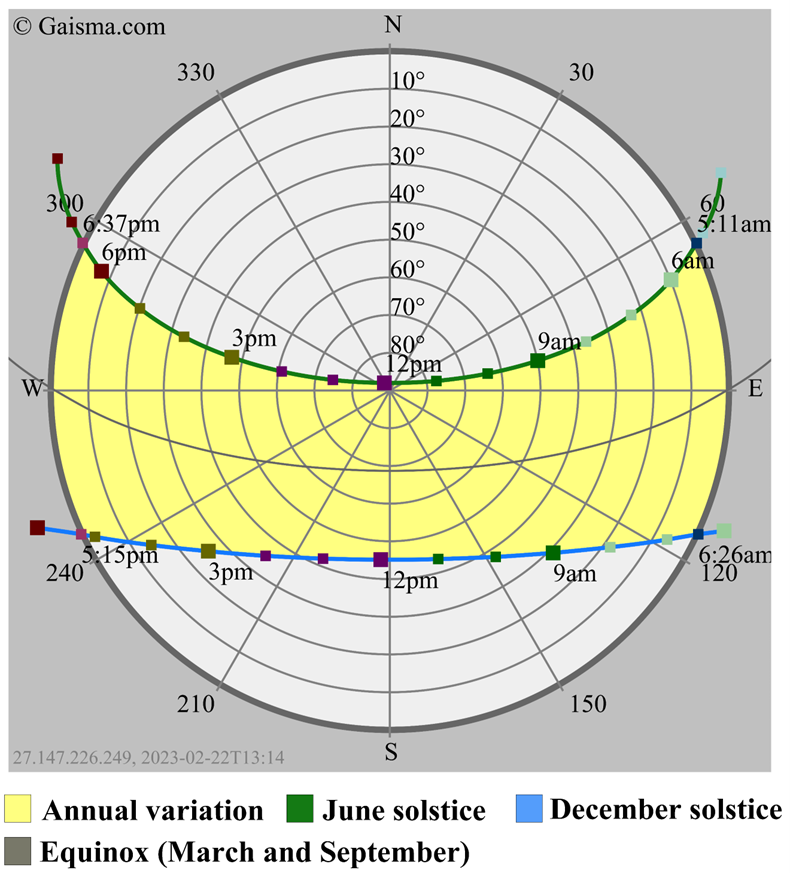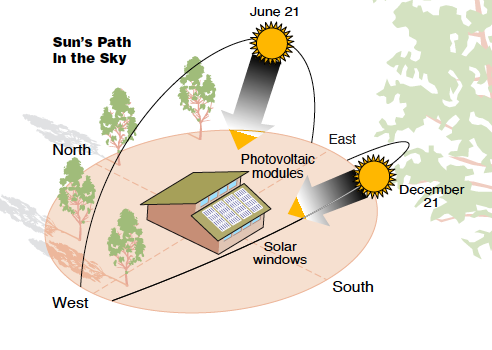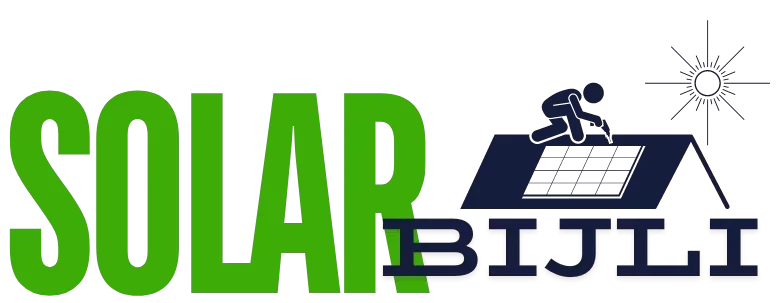Efficiency of solar panels is calculated by construction companies to max of 22%. But are you actually achieving it? Can you increase it? These were the question which came to my mind when I and my friend were installing solar panels at our homes. We both got same system with same panels and inverters. With few tips and trick, my Solar system is producing more PV (photovoltaic power) than his. Now how this happened is a trick of the trade which I will explain here.
Fortunately, most of these problems are relatively easy to solve. Let’s discuss some common issues that may affect solar power systems efficiency.
1. Right Tilt Angle and Orientation of Solar Plates
One of the foremost reason to get maximum output from solar plates is having the right tilt angle and correct orientation. Yes, you are thinking right, tilt angle and orientation for solar plates is not same every where. It varies substantial from places to places. This angle will be different in Abbotabad, Multan and Karachi etc. As far as the orientation is concerned, there is one basic rule.
Orientation Rule
Southern Hemispheres: Face South
Northern Hemispheres: Face North
The first lead i took over my friend was fixing solar plates at correct orientation angle. I aligned the compass with plates and fixed them at exact 180 degrees. On the other hand my friend did it as per rough idea, and went wrong to 13 degrees, which is huge. Because of this miss alignment the PV generation starts deteriorating at least 1 hour before my system.
Hence, as per practical example and self experience, correct orientation of panels is very important. As we normally fix the panels on girders and Angle irons, thus always align the panels with the help of compass before fixing them.
Correct Tilt Angle
To get the maximum efficiency Sun Rays should strike the panels at right angle. This angle helps in producing maximum PV. Therefore to ensure sun rays to strike panels at right angle we need to adjust the the panels at a correct Tilt Angle.
This tilt angle of plates is directly proportional to Sun position. But sun path is not constant through out the year. It changes with weather. Below is the diagram which shows the sun path with changing weather.


This diagram clearly indicates that the sun changes its path in different season. To address this change we need to adjust Tilt angle of our plates. To find the exact angle we need to find our Geo Tag coordinates and put them in a software avail at our site as Tilt Angle calculator. You can also find this by putting you location in google search console and finding it.
Generally there are 4 Angles Type depending upon Sun Movements.
- Summers
- Winters
- Autumn/ Spring
- Through out the year average angle
Use our Tilt Angle Calculator Tool to find Exact Tilt Angle as per Your Location
Manual Way to Find Tilt Angle
Calculation method one
The optimum tilt angle is calculated by adding 15 degrees to your latitude during winter, and subtracting 15 degrees from your latitude during summer. For instance, if your latitude is 34°, the optimum tilt angle for your solar panels during winter will be 34 + 15 = 49°. The summer optimum tilt angle on the other hand will be 34 – 15 = 19°.
Calculation method two
This is an improvement of the general method that gives better results. In this method, the optimum tilt angle for solar panels during winter is calculated by multiplying the latitude by 0.9 and then adding 29°. In the above case example of a latitude of 34°, the tilt angle will be (34 * 0.9) + 29 = 59.6°. This angle is 10° steeper than in the general method but very effective at tapping the midday sun which is the hottest in the short winter days. For summer, the tilt angle is calculated by multiplying the latitude by 0.9 and subtracting 23.5°. In the above case example, this angle would be (34 * 0.9) – 23.5 = 7.1°. For optimum tilt angles during spring and fall, 2.5° is subtracted from the latitude.
2. Clean Your Solar Panel Regularly
As the solar panels generate electricity due to Sun rays, thus sun rays reaching solar cells is directly proportional to electricity production. To ensure this you need to keep your solar panels clean from dust and other things as bird droppings or dry leaves etc. Dirty solar panels can reduce its efficiency up to 25%.
Once in a month clean your panels with detergent and soft brush and wipe it properly. For further instruction you can follow our Article of How to keep solar plates clean
3. Shades from Trees and Construction
Your Solar plates needs direct unobstructed sun rays. Any shade can reduce its efficiency dramatically. Depending on the type of system you install, if one solar cell is shaded, it weakens the entire chain and can significantly reduce the entire array electrical output.
The most common shades are from trees and adjacent buildings. Therefore to avoid this, trim trees regularly and ensure no shades. To cater for buildings, install plates on a raised structure or relocate to ensure direct sunlight throughout.
4. High Efficiency Solar Plates
Installing Solar system is an expensive and one time measure. If you have limited budget, do not go for cheap system, instead you can start from smaller system and than can inc it one by one. But always buy high efficiency Cat A Solar panels of renowned company.
5. Good Quality DC Wires
Solar plates produces DC current which is transferred to Inverters for further converting them to AC Current. To ensure complete DC current produced by Solar Plates to reach inverter, quality and gauge of wires is very important. Always use right gauge and quality of wires. To have further knowledge and details about type of wire gauge and quality you can read our article Type of Wires for Solar System
6. Keep your Inverter Cool Dry and Dust Free
Inverter has a major role of converting DC power coming from solar plates to AC current for further usage. Thus it is always working at its optimum power. This leads to overheating in some cases. When an inverter is overheated, its efficiency will be reduced. You need to keep your inverter cool to enhance its efficiency and as a whole it will effect your over all solar production.
Dust and water are enemies of inverter. Always install them at dry and dust free environment.
Use following simple ways to keep inverter cool dry and dust free
- Install inverter at a shady and cool dry place
- Use heat sync, if not already installed
- Use Fans to keep it cool
- Use IP 65 inverters, if not than ensure dust free area and clean filters regularly
- keep checking inverter temp, specially during summers
